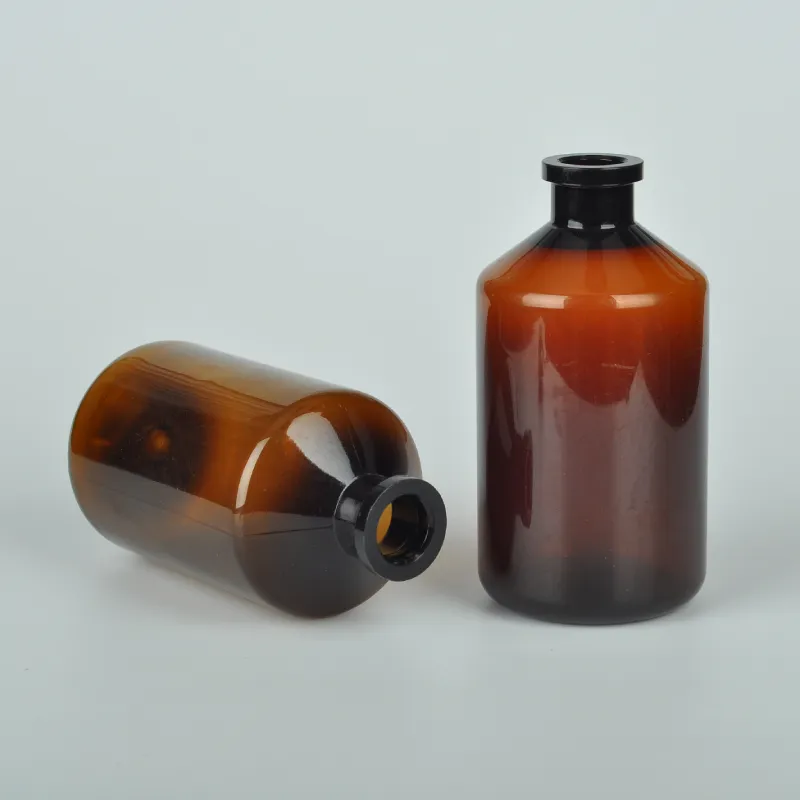biology lab materials
Biology Lab Materials Essential Tools for Scientific Investigation
In the field of biology, the laboratory serves as a crucial environment where researchers and students conduct experiments, analyze data, and expand our understanding of living organisms. To facilitate these processes, a variety of specialized materials and equipment are essential. This article will explore the key lab materials used in biology, their purposes, and their importance in biological research.
Basic Lab Equipment
1. Microscope One of the most fundamental tools in biology, the microscope allows scientists to observe tiny organisms and cellular structures that are not visible to the naked eye. Different types of microscopes, including light microscopes and electron microscopes, provide varying levels of magnification and resolution, enabling detailed analysis of specimens such as bacteria, plant cells, and tissues.
2. Petri Dishes These shallow, flat dishes are commonly used for culturing microorganisms. Made of glass or plastic, petri dishes provide a sterile environment for growth when filled with agar, a gelatinous substance derived from seaweed. Researchers can study microbial growth patterns, test the effectiveness of antibiotics, and investigate various biological processes using these dishes.
3. Pipettes and Burettes Precision is critical in biological experiments, and pipettes and burettes are essential for measuring and transporting liquids. Pipettes come in various sizes and types, such as graduated pipettes and micropipettes, enabling the accurate handling of volumes ranging from milliliters to microliters. Burettes are particularly useful in titration experiments, allowing for the controlled addition of reagents to analyze chemical reactions.
4. Centrifuge The centrifuge is an invaluable piece of laboratory equipment that separates components of a mixture based on their density. By spinning samples at high speeds, components such as cells, proteins, and nucleic acids can be isolated for further analysis. This process is crucial in many biological applications, including DNA extraction and protein purification.
5. Spectrophotometer This instrument measures the absorbance or transmission of light by a sample, allowing researchers to quantify concentrations of substances such as proteins or nucleic acids. By analyzing how much light a sample absorbs at specific wavelengths, scientists can determine the presence and concentration of various biological molecules.
Safety Equipment
biology lab materials

1. Personal Protective Equipment (PPE) Safety is paramount in any laboratory setting. Lab coats, gloves, goggles, and face shields protect researchers from exposure to hazardous substances. PPE is essential for minimizing risks when handling chemicals, biological agents, or infectious materials.
2. Fume Hoods Fume hoods are ventilated enclosures that protect users from inhaling toxic fumes, vapors, or dust. These devices are crucial for experiments involving hazardous chemicals or volatile substances, ensuring that the air quality within the lab remains safe.
3. Biological Safety Cabinets These specialized enclosures provide a sterile environment for working with pathogenic organisms. Biological safety cabinets help prevent contamination of samples and protect researchers from exposure to potentially harmful microbes.
Consumables and Reagents
1. Agar Plates Apart from petri dishes, agar plates serve as a culture medium for growing bacteria and fungi. Different formulations can be used to support the growth of specific organisms, enabling microbiologists to isolate and identify species for research or clinical purposes.
2. Buffers and Reagents Biological experiments often require specific chemical conditions. Buffers help maintain pH levels in solutions, while various reagents are used for enzyme assays, DNA amplification, and other biochemical reactions. Having the right reagents is crucial for obtaining accurate results.
3. Samples Living organisms, tissues, or cells are often required for biological experiments. Researchers and students must source high-quality samples, whether from cultivated organisms, field studies, or biological repositories, to ensure that their findings are reliable and relevant.
Conclusion
The materials and equipment used in biology labs are essential for a wide range of scientific investigations. From basic tools like microscopes and pipettes to safety equipment like fume hoods and PPE, each item plays a vital role in ensuring that experiments are conducted effectively and safely. As the field of biology continues to evolve, advancements in lab materials will undoubtedly enhance our capabilities to explore the mysteries of life and further our understanding of the world around us.
-
Aesthetic Makeup Spray Bottles | Fine Mist Empty RefillableNewsAug.19,2025
-
White Plastic Veterinary Vaccine Vials | Lab Liquid BottlesNewsAug.18,2025
-
Plastic Medicine Liquid Bottle: Secure Flip Top Drug VialsNewsAug.17,2025
-
Durable 250ml Blue Plastic Vaccine Vial for Lab & Vet UseNewsAug.16,2025
-
Sterile Virus Sample Tubes: Secure & Reliable Specimen CollectionNewsAug.15,2025
-
White 250ml Plastic Vaccine Vial for Lab & Vet MedicineNewsAug.14,2025
























